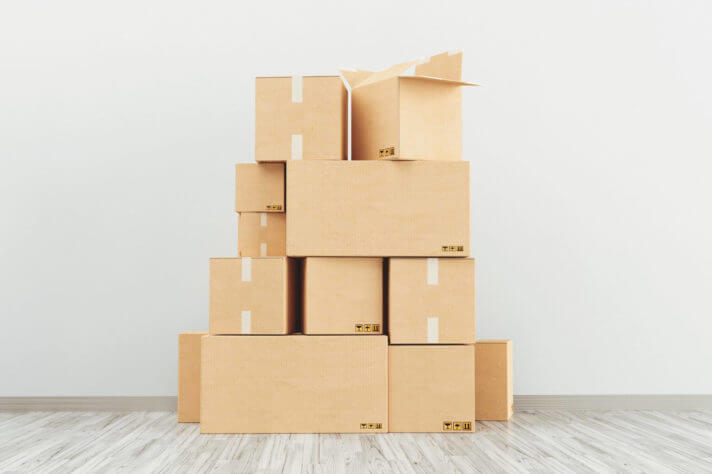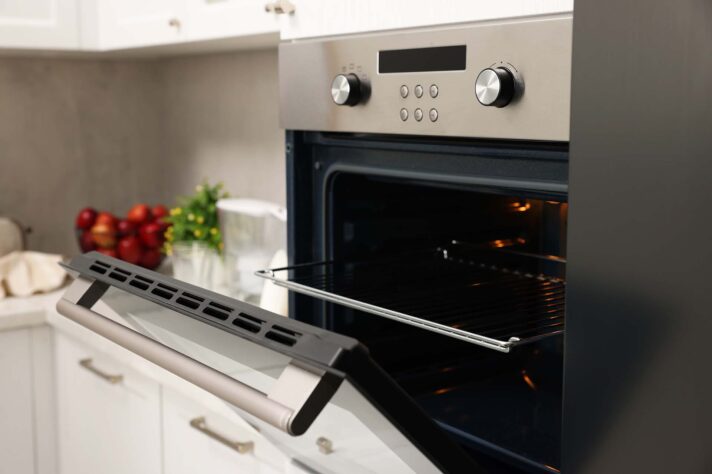Creative Moves – The Ultimate Guide on How to Pack Craft Supplies
Embarking on a creative journey across the country? We have the best advice on how to pack craft supplies to share with you and ensure the treasured materials arrive safely. From sorting strategies to packing perfection, this craft room relocation guide is a ticket to a stress-free move. Let’s make your transition as colorful and organized as your art projects!
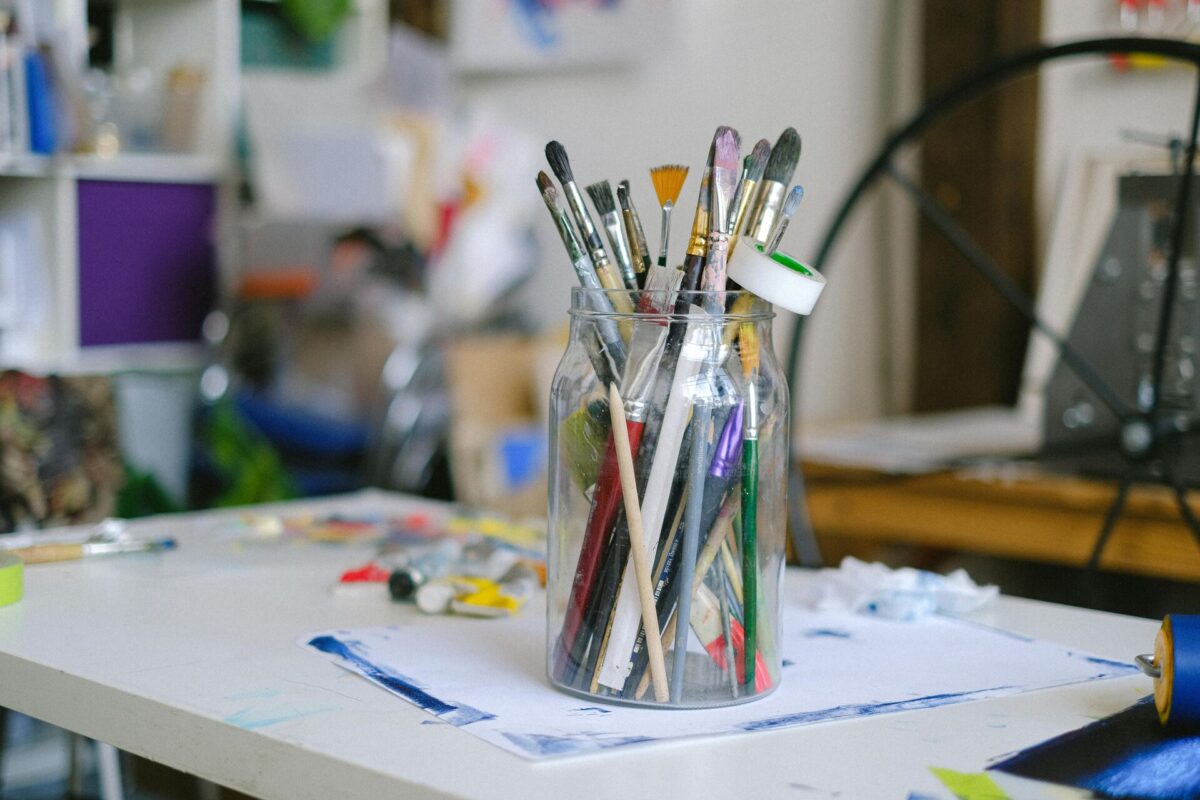

When planning to pack art materials, the goal is to prevent anything from breaking and ensure an efficient relocation.
Basic packing tips for crafters include categorizing items by type and fragility, utilizing sturdy boxes for delicate pieces, and securing liquids in leak-proof containers.
Wrapping fragile embellishments in bubble wrap and labeling each box clearly can make the unpacking process a breeze. For items like card stock and fabric, using flat boxes and rolling techniques can help maintain their condition.
Additionally, investing in quality packing materials, such as foam inserts and plastic bins, offers extra protection. It’s also wise to purge surplus or damaged supplies before the move, lightening the load and making room for new inspirations.
Start by Sorting Supplies by Type and Fragility
The first step on any moving to-do list for art enthusiasts should involve categorizing their supplies by type and fragility to organize a smooth relocation. Sorting items into groups, such as:
- Paints,
- Brushes,
- Papers,
- Fabrics,
- Beads.
This simplifies the packaging process and ensures the safe transport of craft materials. It allows for using appropriate packing materials for each category, making sure that delicate items are given extra protection and bulkier items are packed to maximize.
Get Rid of Surplus or Damaged Craft Supplies
Before you start to package everything, it’s crucial to downsize for the relocation by getting rid of surplus or damaged craft supplies. Determining what to keep and what to get rid of can be made easier by assessing the condition, frequency of use, and sentimental value of items.
Donating usable materials to schools or community centers and recycling damaged goods responsibly not only lightens the load but also contributes to a sustainable move. This step paves the way for a fresh start in a new creative space, unburdened by clutter.
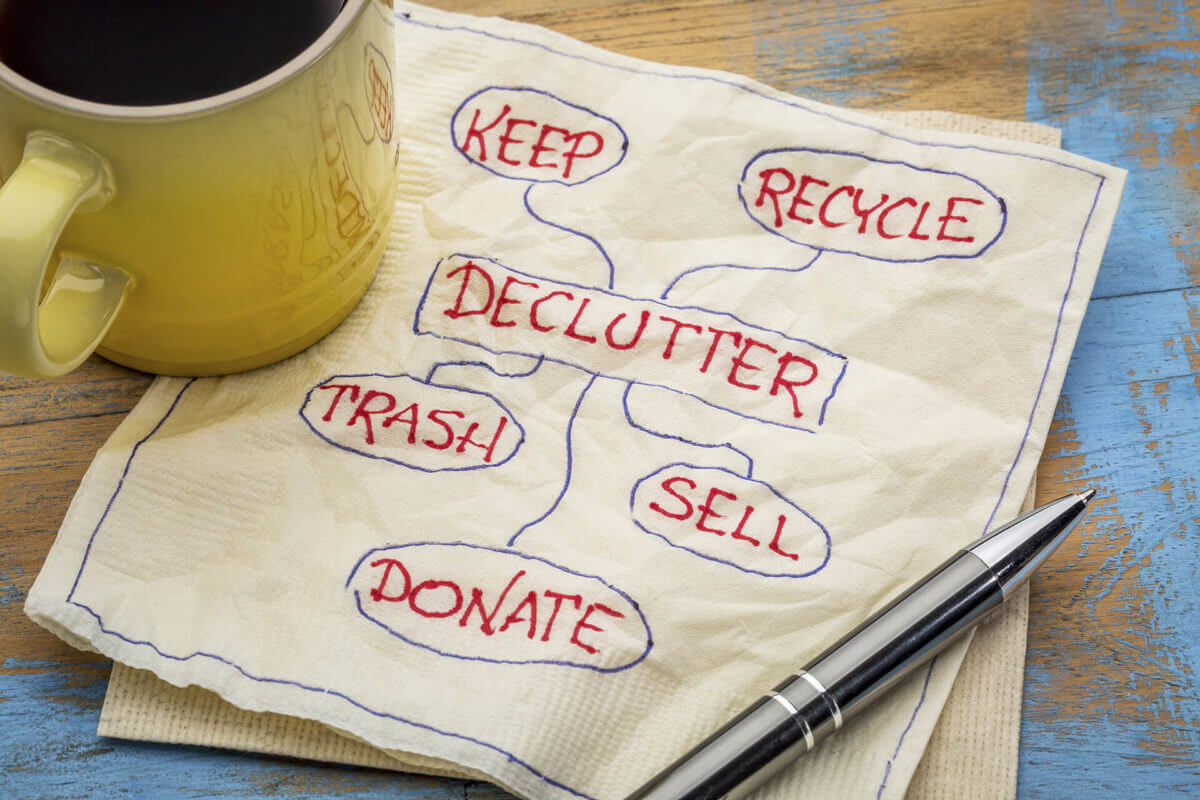

Gather Essential Packing Materials
Before starting the packing process, securing the right materials is crucial for safely transporting artisan essentials. The list of essential packing materials includes:
- Bubble wrap, for cushioning fragile items like ceramics and glass beads,
- Sturdy plastic bins, ideal for organizing and protecting bulkier items,
- Cardboard boxes and sealable bags, particularly ziplock bags, are perfect for small pieces like beads or sequins to prevent loss and keep them organized.
Additionally, investing in different packaging materials such as foam peanuts, packing paper, and strong tape guarantees that every item is given the best possible protection during the move. Gathering these supplies ahead of time. You can go to the supply store or supermarket to find them or shop on the Craigslist website.
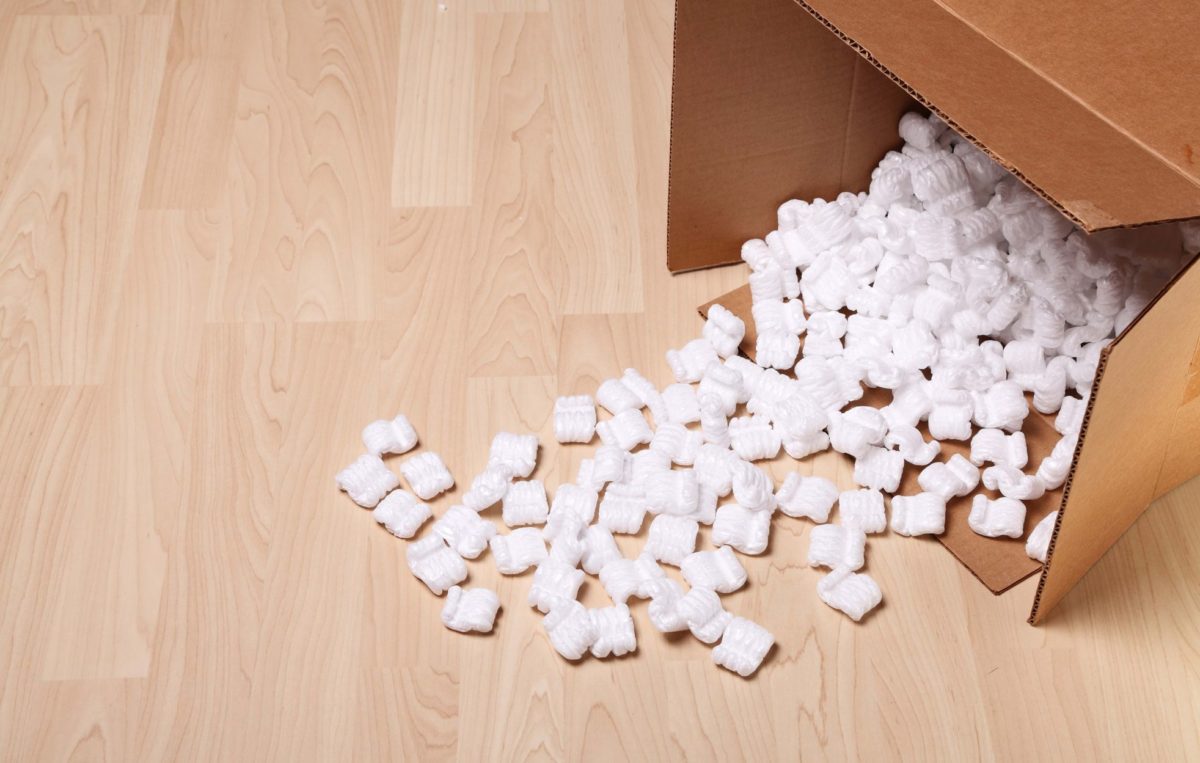

Use Proper Packing Strategies for Different Types of Craft Supplies
As crafters start to pack for the move, adopting specific packaging strategies tailored to the diverse nature of their supplies is important. Each type of item demands a unique approach. For example, flat items like paper and card stock require different handling than bulky or irregularly shaped items like crafting tools and machines.
Furthermore, delicate materials such as beads and fabrics need careful wrapping to prevent damage. By identifying the specific needs of each category of supplies, crafters can employ the most effective techniques.
Use Short Flat Boxes for Card Stock and Paper
Mitigating relocation stress and averting common relocation mistakes necessitates careful preparation. For paper and card stock, short flat boxes are ideal, as they accommodate the dimensions of these materials without forcing them to bend or fold.
Each sheet or bundle should be placed flat within these containers, possibly interleaved with acid-free paper to prevent any color transfer or damage. This method ensures that creative papers and card stocks arrive in pristine condition, ready for future projects.
Secure Liquids and Messy Supplies
In anticipation of relocation day preparation, securing liquids and materials prone to messes demands specific attention. Containers such as sealable plastic bags and watertight bins should be utilized to contain paints, glues, and similar substances. Each container’s seal must be checked to prevent leaks and spills that could cause significant damage.
It’s beneficial to also wrap these containers with absorbent material and place them in a way that keeps them upright. This proactive approach guarantees the secure transport of these essential items.


Wrap Embellishments in Bubble Wrap
To make sure embellishments relocate safely, especially when moving cross country, delicate handling and meticulous wrapping are paramount. Embellishments such as beads, sequins, and delicate charms are fragile and require additional care. Wrapping each type of embellishment in bubble wrap provides a cushion against shocks and bumps.
For extra fragile pieces like thin glass or ceramic decorations, double wrap and use small, rigid boxes to prevent any pressure from damaging them. Labeling these boxes as “Fragile” will also alert anyone handling them to do so with extra caution.
Box up Machines and Tools
The relocation won’t be stressful, and we guarantee it, if you properly package crafting machines and tools. Machines such as sewing machines, Cricut cutters, and engraving tools require special attention. Firstly, if original packaging is available, it’s best to use it. These boxes are designed to protect the machine. If not, secure moving parts with tape or bubble wrap, and fill any voids in the box with crumpled paper to prevent movement.
For hand tools like scissors, hammers, and pliers, wrap them individually to avoid scratches or damage, then place them in a sturdy toolbox or wrap them together in a bundle. In this way, machines and tools are shielded from jolts and knocks.
Roll Yarn and Fabric Neatly
Overcoming packaging procrastination starts with a systematic approach to organizing and categorizing yarn and fabric. Rolling these materials neatly is not only space-efficient but also prevents wrinkles and tangles, keeping them in pristine condition. Begin by sorting yarns and fabrics by color, type, or project.
For yarn, wind each skein into a loose ball and secure the end to prevent unraveling; then, place these balls into sealable bags or bins, squeezing out the air to save space. Fabrics can be folded lengthwise and then rolled, avoiding hard creases or wrinkles. Store rolls in large, clear plastic bins, grouping them by material type or color.


Label the Boxes Clearly
Label boxes clearly to prepare for long-distance movers, so that each container of artisan essentials is easily identifiable. Start by using a permanent marker to write the contents on multiple sides of each box, allowing for quick identification from any angle.
For boxes containing fragile items, prominently mark them with “Fragile” alongside a brief description of the contents, such as “Glass Beads” or “Ceramic Supplies.” Try also using a color-coding system or numbered labels to categorize boxes by their contents or intended room in the new space. This organizational strategy aids the movers in placing boxes in the correct area of the relocation truck.
Use the Services of Professional Movers for the Craft Room
Investing in cross-country moving services can significantly make relocation easier, especially when it involves the detailed needs of artisan essentials. Hiring cross-country movers who are experienced in handling delicate items guarantees that every piece of equipment, material, and supply is packed and transported with the utmost care.
These professionals offer specialized packing services that cater specifically to fragile and valuable items, utilizing materials that might not be readily available to individuals. Additionally, many cross-country moving companies provide storage services, which can be invaluable for relocating crafters who need temporary housing for their items.
The Benefits of Professional Packing Services
Investing in professional partial or full packing services provided by a long-distance moving company comes with a multitude of benefits. First, the safety and security of delicate craft materials is a priority for cross-country movers, as they are pros at protecting fragile items.
Second, it saves time, allowing crafters to focus on other aspects of their move or their craft. Third, professional packers can significantly reduce the risk of damages during transport, providing peace of mind. Additionally, many relocation companies offer insurance options for added protection.
Moving
Our mission is to bring high quality, long distance moving services to every customer.
Packing
Our expert moving teams are trained to ensure the safety of your personal belongings.

Auto Transport
Cross Country Moving Company is the most trusted name in auto industry in the country.
Choose the Right Cross-Country Moving Company
Selecting the right company for long-distance moving services involves thorough research and consideration. One key step is to check the company’s reputation and customer reviews, with Cross Country Moving Company being a notable example known for its reliability and expertise.
It’s important to verify the company’s credentials and insurance coverage by looking them up on the Better Business Bureau website, making sure they meet all legal and professional standards.
Furthermore, getting detailed quotes from several companies allows for comparing services and prices, helping to make an informed decision. Prioritizing companies that offer comprehensive services, including packing, transport, and storage, can help you out a lot.
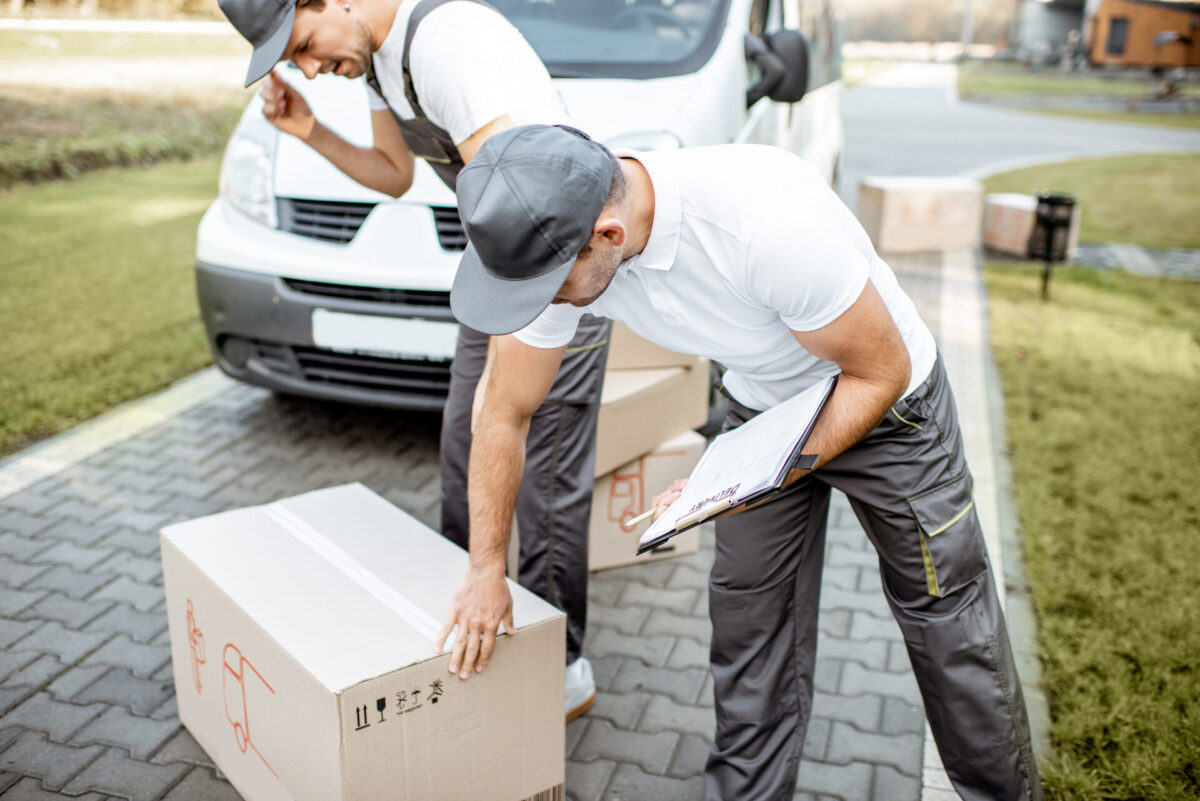

Place Craft Treasures in the Capable Hands of Cross Country Moving Company’s Movers
Navigating the complexities of moving a craft room across the country can be simplified by following structured packing guidelines and utilizing professional services. From sorting and decluttering to employing specialized packing techniques for fragile items, these steps pave the way for a smooth transition.
Embracing the expertise of professional movers promises that every cherished craft treasure is handled with care. For a relocation that promises peace of mind and minimal disruption to the creative flow, contact us, Cross Country Moving Company, and let us make the relocation as seamless as your most inspired projects.
FAQ
How Do I Prevent Small Items Like Beads or Sequins From Getting Lost During a Move?
For protecting diminutive items like beads or sequins throughout the transition, it’s advisable to utilize sealable plastic bags, or small containers with secure lids. Labeling these containers clearly with their contents and placing them into a larger, well-cushioned box will minimize the risk of displacement.
What’s the Best Way to Pack and Move Large Craft Items, Such as Easels or Drafting Tables?
When dealing with substantial creative equipment such as easels or drafting tables, disassembling them, if possible, is the first step. Wrap each component separately with protective material, like bubble wrap, and secure them in large, sturdy boxes, which can be marked for easy identification. This approach not only conserves space but also shields the items from potential harm.
Can I Use Regular Boxes to Pack My Craft Supplies, or Should I Invest in Specialty Containers?
For containerizing artisan essentials, while regular boxes can suffice for items that aren’t delicate, investing in specialty containers is wise for added protection. Specialty containers, designed for specific items, offer enhanced security with features like waterproofing and reinforced walls.
How Should I Handle Packing Electronic Crafting Tools, Like Sewing Machines or 3D Printers?
Electronic crafting tools, such as sewing machines or 3D printers, demand meticulous preparation before being boxed. Detach any movable parts and secure them separately, use bubble wrap or foam padding for protection, and if possible, repack them in their original packaging.
What Steps Can I Take To Ensure My Craft Supplies Are the First Things I Set up in My New Home?
To prioritize the setup of artisan resources in a new domicile, create a detailed inventory and label boxes according to the urgency of unpacking. Assigning a color code or specific markings to boxes containing essential supplies will help in identifying them quickly amongst the plethora of containers.
